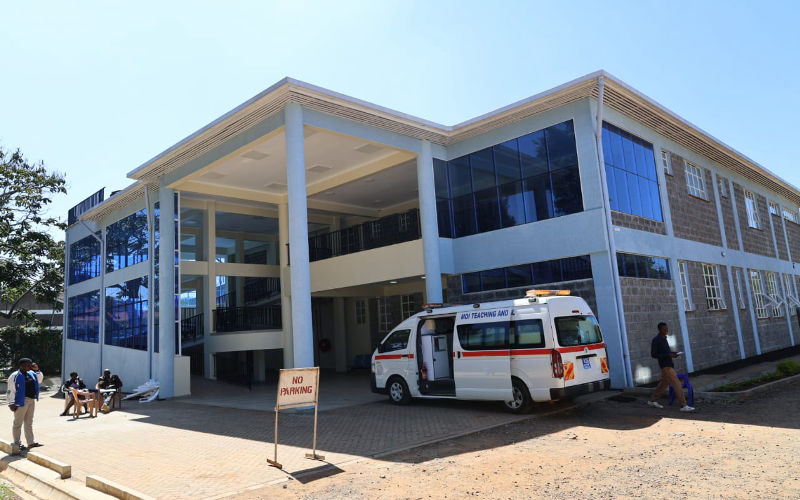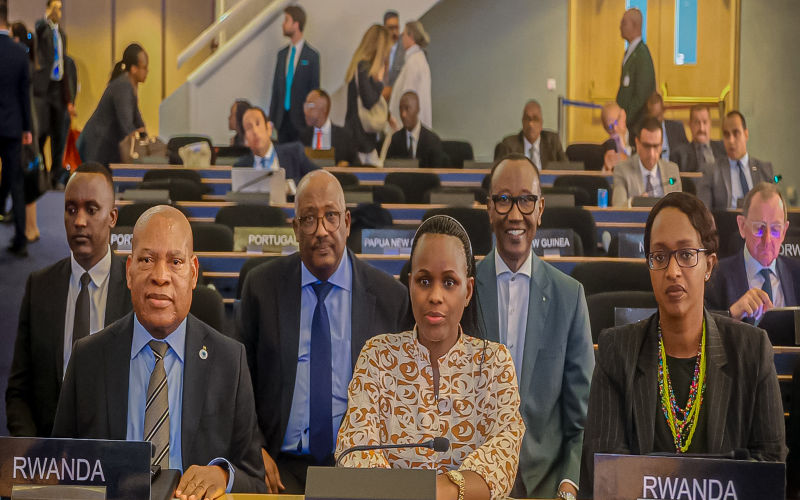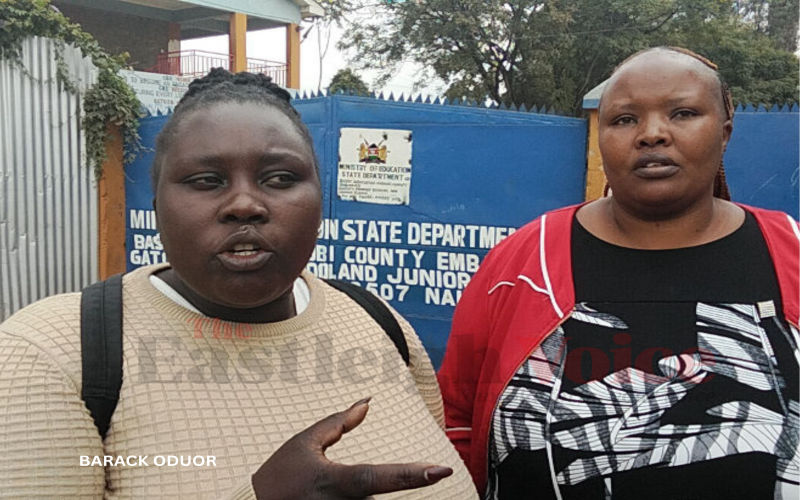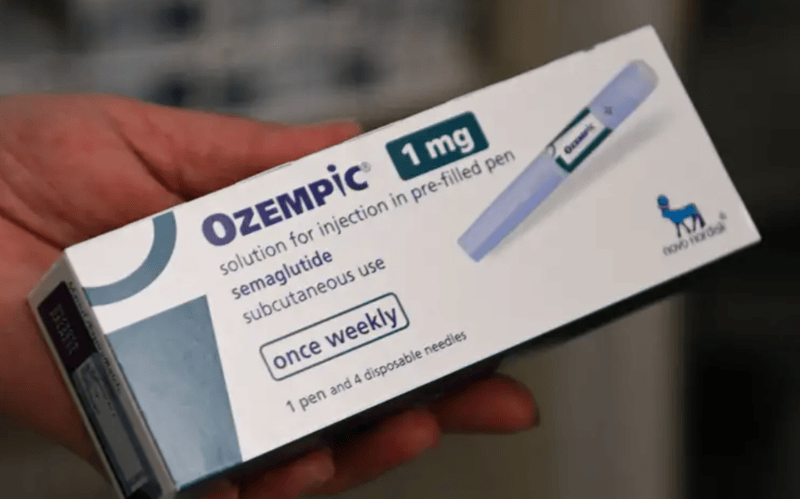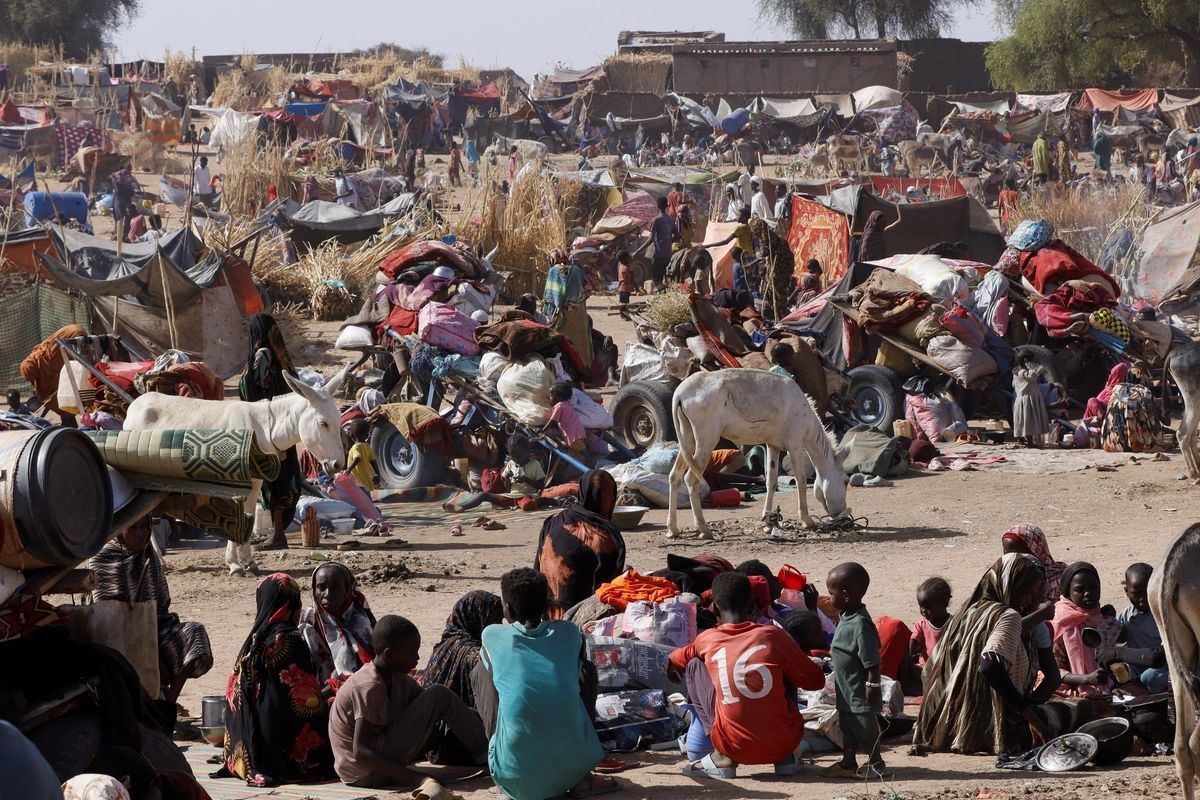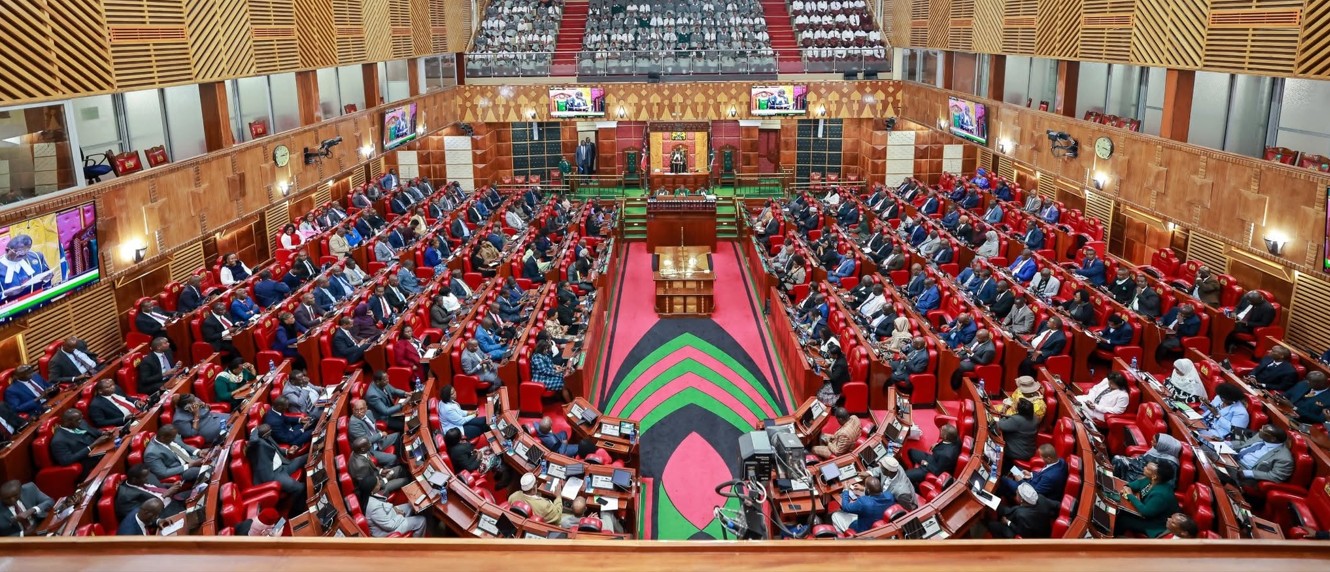Rising mpox cases, cholera outbreaks and HIV misinformation straining Kenya's public health sector- report

Public health teams are also engaging communities to encourage behaviour change and promote long-term vector control. Despite these efforts, misinformation online poses a growing challenge.
Kenya is contending with several concurrent public health concerns, including an active cholera outbreak in three counties, a recent Chikungunya outbreak in Mombasa, and growing online misinformation around the rollout of a long-acting HIV prevention injection.
According to the latest report by the Africa Infodemic Response Alliance (AIRA), a WHO-hosted network, the cholera outbreak that began on February 21 has resulted in 425 reported cases and 20 deaths. Of these, seven deaths occurred in the community and 13 in health facilities, representing a case fatality rate of 4.7 per cent.
More To Read
- 314 mpox cases confirmed as MoH ramps up containment across 22 counties
- Mombasa leads Kenya’s mpox outbreak as MoH, WHO step up response
- HIV prevention injection offers hope, but at a cost too high for many Kenyans
- Sudan reports 1,307 new cholera cases within one week
- How misinformation is hampering Kenya's fight against infectious diseases
- Mpox spreads to 20 counties in Kenya, alarming increase in cases reported
The report highlights developments between July 15 and 27, 2025, based on trends in public health data and online discourse.
While the outbreak has been brought under control in Kisumu, Migori, and Kwale, it remains active in Turkana, Nairobi, and Mombasa. According to the report, two new cholera cases were reported in Turkana since the last update.
"The number of new cases over the past 4 weeks has dropped significantly. Since the last update, only 2 new cases from Turkana have been reported, bringing the cumulative total to 425 cases. A total of 20 deaths have been recorded," the report reads in part.
The country is also battling a growing mpox outbreak. As of July 27, Kenya had recorded 281 confirmed mpox cases across 21 counties, including five deaths. During the reporting window, 41 new cases were reported across seven counties, with Mombasa accounting for the highest number (24), followed by Kilifi (5), Nairobi (4), Kakamega (3), Uasin Gishu (3), Taita Taveta (1), and Bungoma (1).
In Mombasa, no new cases of Chikungunya have been reported since the last update, although confirmed cases remain present across all six sub-counties. In response, county and national health authorities have intensified containment efforts.
These include fogging, household spraying, larviciding of over 2,100 mosquito breeding sites, and distribution of insecticide-treated nets to vulnerable communities. A formal Chikungunya response plan is being finalised, supported by an Incident Management System (IMS) to coordinate ongoing control measures.
Public health teams are also engaging communities to encourage behaviour change and promote long-term vector control. Despite these efforts, misinformation online poses a growing challenge.
Some users have falsely claimed that Chikungunya is man-made or exaggerated to benefit pharmaceutical or political interests, while others downplay the virus’s severity. These narratives often echo public scepticism stemming from previous pandemics.
The report also highlights growing public mistrust and misinformation surrounding Lenacapavir, a long-acting injectable for HIV prevention, which is set to be introduced in Kenya. Despite its potential to protect users for up to six months, online conversations reflect widespread suspicion, with many users portraying Kenya as a “testing ground” for foreign pharmaceutical interests.
Others raised concerns over cost, access, and doubts about its effectiveness compared to existing methods like condoms or oral PrEP.
To combat these narratives, the report recommends engaging trusted Kenyan health professionals, highlighting local regulatory oversight, and using culturally appropriate messaging to clarify the scientific basis of these interventions.
It also calls on the media to avoid alarmist reporting and promote accurate, accessible public health information.
Top Stories Today












